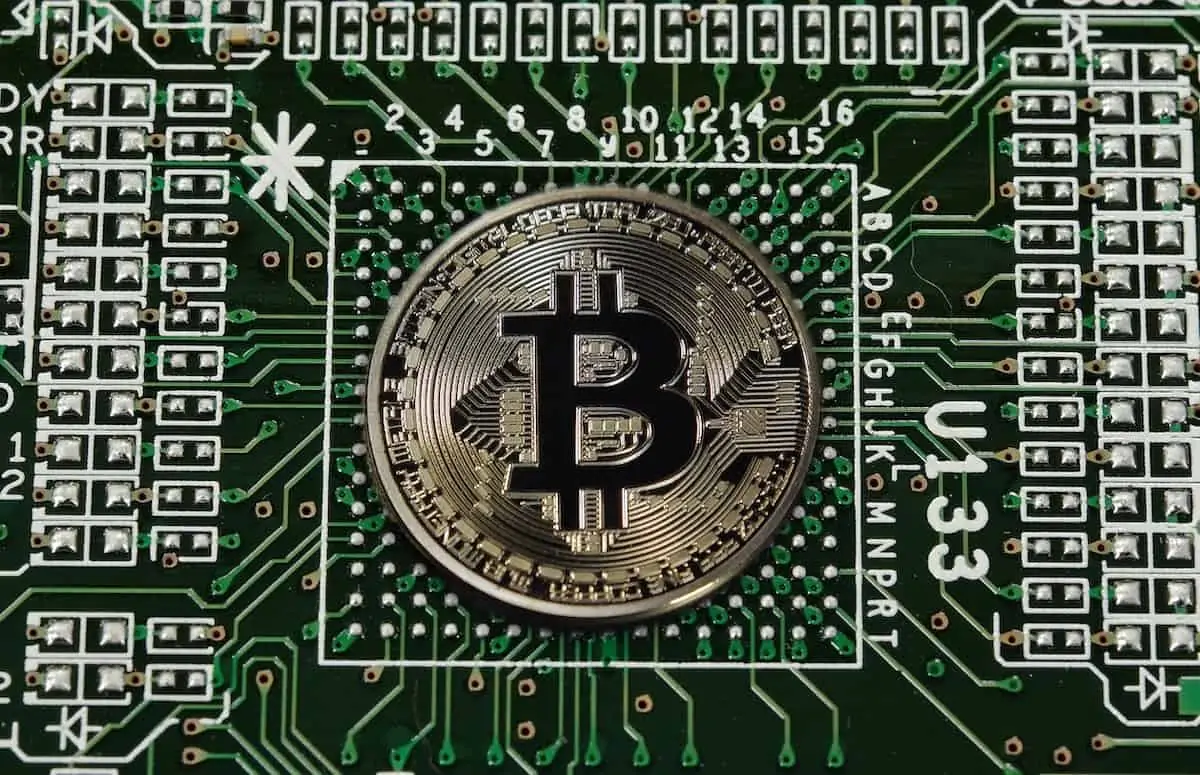Bitcoin is the first public leader in cryptocurrency to be decentralized. The project was founded by Satoshi Nakamoto in 2009 and currently accounts for some 400,000 transactions a day. Let’s learn all about Bitcoin technology.
The future of financial transactions could become Bitcoin and other related cryptocurrencies. This is why different Bitcoin features, for example, the technology behind Bitcoin, its numerous users, the formulation of transactions, and how privacy is enhanced, need to be understood.
Blockchain
The blockchain is a transparent, secure, and decentralized list of records. It includes all transactions from the Bitcoin block to the most recent one, the first block. Each consumer contains a copy of the blockchain to check transactions. The user’s named miners generate a new partnership that consolidates transactions in a block and then computes a proof-of-work (PoW). The block is then applied to make transactions publicly available to the blockchain.
By pointing to a hash of the previous block, every block is connected with the previous one. A hash function takes input data and returns a fixed-length output compared to a digital print for fast identification of input information. The longest chain is thus called the main chain. If two mining companies mine one block at a time and each advertises it to other users, the following block to be added to the blockchain determines which block makes it on the main chain of the two previous blocks.
Nodes
Bitcoin users can be considered network-linked nodes. All nodes in Bitcoin are the same as those in a peer-to-peer book. They may, however, have various roles.
Peers
By creating transactions, a pair node can spend its Bitcoins, verify that blocks and transactions received from other people are correct, and relay blocks and commerce that it deems to be true. The nodes often refer to verification of transactions as SPV customers, short for more detailed payout verification, or lightweight customers. The SPV client does not need to store the entire blockchain, which requires them to keep an enormous amount of data to verify the correctness of a transaction.
Instead, these nodes store only the proof-of-work chain main block headers. Each block header contains a time-setting and a point for the previous block, a nonce, the block edition, bits, and the Merkle Root. The Merkle root is built by hashing the nodes in the binary tree recurringly, beginning with the leaves of the block’s transactions. If you want to know more about bitcoin technology like this app and read this blog.
Miners
Mining blocks and mining to the blockchain. These nodes can do everything that a “natural” peer can but can my new blocks. They get retribution of 12.5 BTC for each mined block and a transaction fee at the time of writing. If the seller wishes to conclude the transaction more quickly, the transaction price is determined by the sender, and it is awarded a higher fee.
Since Bitcoin was initially established in 2009, the reward is halved every four years on average, with miners receiving 50BTC awards. The explanation for the declining compensation is that only 21 million Bitcoin can be mined. The price will continue to decrease until the 21 million Bitcoins are mined. It hits zero.
Double expenditure is the responsibility of the miners. Double expenses happen when a user is trying to spend two (or more) different transactions using the same Bitcoins. One of the two transactions included in the following package is chosen by a miner either by selecting the transaction with a more significant transaction cost or selecting the transaction that arrives first.
The block is applied to the blockchain until the miner resolves the equation. The longest chain is regarded as the main chain if another block is extracted and added to the blockchain simultaneously. The transaction that forms part of that chain is considered authentic.
Transactions
A Bitcoin address is a public hash of an ECDSA keyboard consisting of one private and one public portion. Per address belongs to a particular user who owns the corresponding private key that enables him to use the Bitcoins connected to that public key. Public access should not be available to all people but should be shared safely as possible. The private key must remain secret, other than stolen all Bitcoins related to that key.
The transaction id, inputs, outputs, transaction value, and transaction fee are used in bitcoin transactions. The transaction’s information is called UTXOs, Unspent Transaction Outputs. UTXOs are unused output for previous transactions that have never existed as an input to an earlier transaction, and only their owner may sign the transaction with his private key. There are multi-input transactions.
The transaction outputs are the public key receiving the transaction-related value. The transaction charge reflects the amount that miners get in the next block of mines to validate the transaction.

